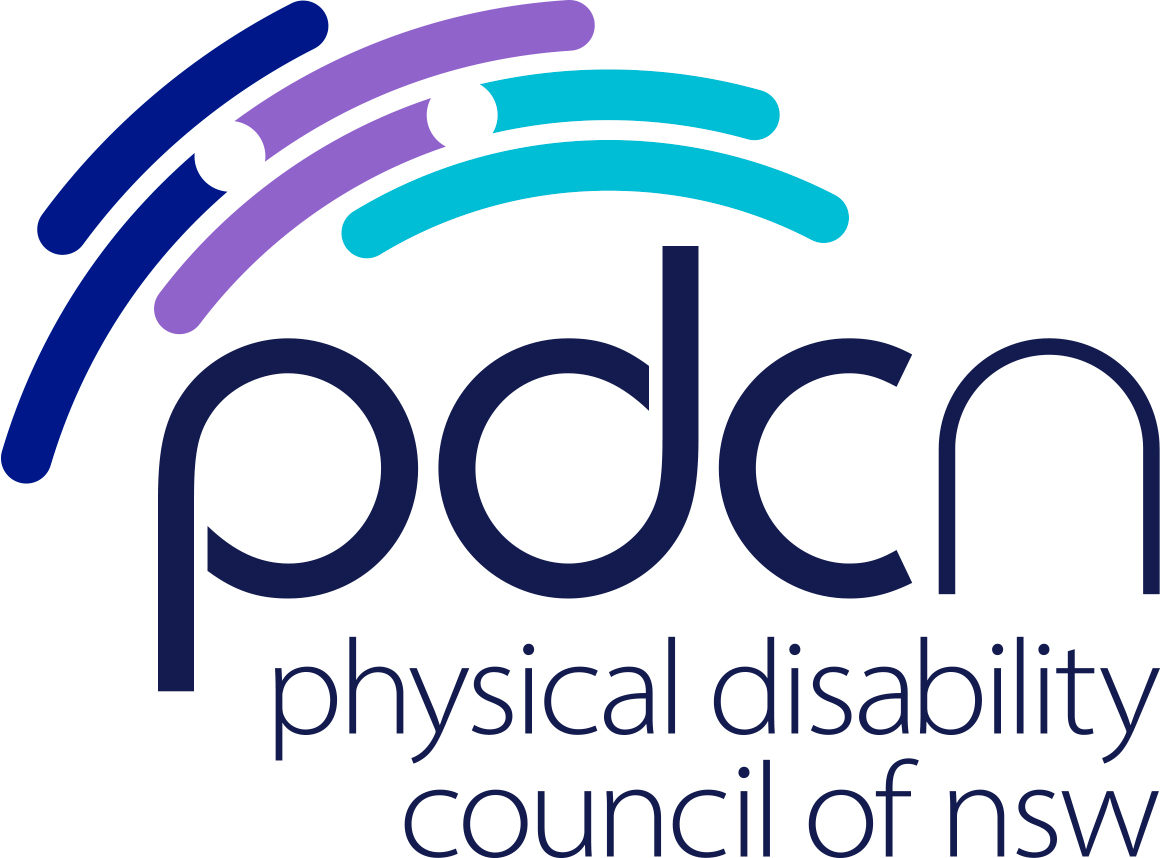This page provides useful information relating to access to the built environment and Premise Standards.
Quick Links For This Page:
Home Modification Information Clearinghouse
Guidelines on Applications of the Premise Standards
Australian Network for Universal Housing Design
Access Consultants in Australia
Access to Buildings and Services: Guidelines and Information
Disability Standards for Access to Premises
NSW Department of Planning and Environment – Planning Policies for Housing for Seniors and People with Disabilities
Standards Australia
The Good, The Bad and the Ugly – Design and Construction for Access
Home Modification Information Clearinghouse
The Home Modification Information Clearinghouse (HMinfo) is an information service that collates, reviews and creates the evidence base for best practice in modification of the home environment to support people with self care, participation and autonomy.
Consumer Factsheet: Arranging Home Modifications
Home modifications increase people’s wellbeing and reduce the need for care at home. This publication helps people arrange modifications that will enable them to be safer and more comfortable in their home. The steps to decide which home modifications are the best for your home as well as ways to apply for funding are included.
Designing home environments for people who experience problems with cognition and who display aggressive or self-injurious behaviour
Three HMinfo publications (Evidence Based Practice Review, Industry Factsheet and Consumer Factsheet), addressed to different audiences, provide information to assist people with cognitive impairments and their carers to arrange modifications that will enable them to be safer and more comfortable in their home. Strategies to reduce potential triggers and minimise the risk of property damage and of harm for people are provided.
Consumer Factsheet: Home Lighting
This factsheet aims to inform older people, people with disability and their carers about the properties of the most common household lights and assist them choose the right light bulb for their needs. Lighting is an important parameter in home design, enabling safety and comfort for the performance of everyday tasks, such as walking, reading, cooking, etc.
Consumer Factsheet: Bidet douche seats, flexible hoses and bidets
This report informs consumers about the function of bidet douche seats, flexible hoses and bidets and about the hazards associated to non-compliant installations of these fittings in their bathrooms.
Guidelines on Applications of the Premise Standards
Disability Discrimination Commissioner Graeme Innes, released a guideline that will assist building professionals and those concerned with access to better understand how the Premises Standards apply to new and upgraded public buildings. The Disability (Access to Premises – buildings) Standards 2010 commenced on 1 May 2011.
The Guideline on the application of the Premises Standards is available online at www.humanrights.gov.au/disability_rights/standards/PSguide.html
Australian Network for Universal Housing Design
The Australian Network for Universal Housing Design is a national network of housing industry bodies, housing professionals, government professionals, designers, builders, researchers and home occupants who believe that the homes we build for today’s Australia should be fit for all of tomorrow’s Australians.
Visit their website for various publications and resources at www.anuhd.org.
Access Consultants in Australia
The Association of Consultants in Access Australia provides a comprehensive list of Access Consultants in Australia.
For more information, visit their website at www.access.asn.au.
Access to Buildings and Services: Guidelines and Information
If a person with a disability cannot get into your building or cannot access your goods or services they could make a complaint of discrimination under either State or Territory discrimination laws, or the DDA. The Human Rights Commission have provided information that may assist.
For more information, visit their ‘Access to Premises’ page on their website at www.humanrights.gov.au.
Disability Standards for Access to Premises
The Disability (Access to Premises-Buildings) Standards 2010 (Premises Standards) aim to ensure greater and dignified access to and use of buildings by people with a disability as well as to provide certainty to the building industry in meeting its obligations under the Disability Discrimination Act 1992.
The Australian Human Rights Commission has published helpful guidelines on the application of the Premises Standards to assist organisations and businesses with their implementation.
NSW Department of Planning and Environment – Planning Policies for Housing for Seniors and People with Disabilities
The NSW Department of Planning and Environment has a number of policies relating to housing for seniors and people with disabilities, as well as links to resources for affordable housing.
For more information, visit their relevant page on their website at www.planning.nsw.gov.au.
Standards Australia
The Standards Australia website provides information and access to the various standards which relate to access to premises.
Some of the Standards you may need include:
AS1428.1-2001
Design for access and mobility. Part 1: General requirements for access – New building work.
AS1428.2-1992
Design for access and mobility. Part 2: Enhanced and additional requirements – Buildings and facilities
AS1428.3-1992
Design for access and mobility – Requirements for children and adolescents with physical disabilities
AS1428.4-2002
Design for access and mobility: Tactile indicators
AS4299-1995
Adaptable Housing
AS1680.0-1998
Interior Lighting – Safe Movement
AS1680.1-1990
Interior Lighting. Part 1: General principles and recommendations
AS1680.2.1-1993
Interior Lighting. Part 2.1: Circulation spaces and other general areas
AS1680.2.2-1994
Interior Lighting. Part 2.2: Office and screen-based tasks
AS1680.2.3-1994
Interior Lighting. Part 2.3: Educational and training facilities
AS1735.5.12-1994
Lifts, escalators and moving walks: Facilities for persons with disabilities
AS2890.1-2004
Parking facilities. Part 1: Off-street car parking.
To access the full list of standards, visit the Standards Australia website at www.standards.org.au.
The Good, The Bad and the Ugly – Design and Construction for Access
A look at 14 examples of the most common problems and misinterpretations in applying today’s Building Code of Australia (BCA) in the area of access. The good, the bad and the ugly shows in words and pictures why a thorough understanding and application of the BCA is vital to ensuring access.
The good, the bad and the ugly can be used as a self learning tool or used as part of a continuing education program, for example, in a Local Government Building Section or within an architects firm.
To view the publication, visit the Human Rights Commission website at www.humanrights.gov.au/publications/good-bad-and-ugly-design-and-construction-access-2008
